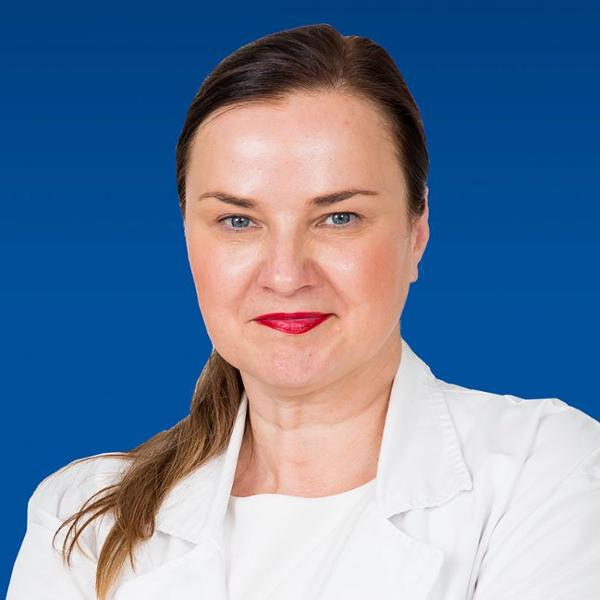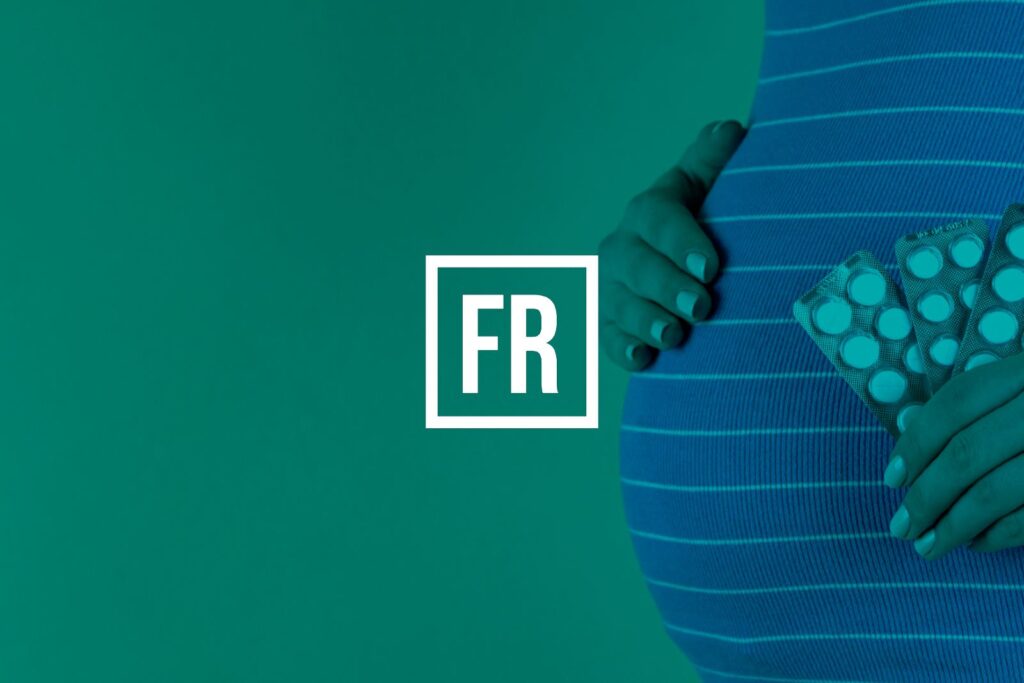Infertility can be a challenging and emotional experience for couples trying to conceive. Thankfully, with advancements in technology, In Vitro Fertilization (IVF) treatment has revolutionized fertility treatment, making parenthood a possibility for many who would have otherwise been unable to conceive. In recent years, double-stimulation IVF protocols have become increasingly popular. This technique involves stimulating the ovaries twice in a single cycle, with the goal of producing more eggs and increasing the chances of success. In this article, we will explain the double stimulation protocol in IVF, when it is used, how it works, and its potential risks and benefits.
What is the Double Stimulation Protocol in IVF?
The double stimulation protocol, also known as DuoStim, involves administering two courses of ovarian stimulation medication within the same menstrual cycle. This technique is designed to increase the number of eggs available for fertilization, which may improve the IVF success rates generally. During a regular IVF cycle, patients undergo one round of ovarian stimulation, which typically results in the retrieval of 8-15 eggs. The double stimulation protocol aims to increase the number of eggs retrieved, which can then be fertilized and used for embryo transfer.
Indications for Double Stimulation Protocols in IVF
Double-stimulation IVF protocols are used in situations where conventional IVF has failed, or in patients who are deemed at high risk of IVF failure. These may include older women, those with a low ovarian reserve, and those who have had previous unsuccessful IVF cycles. Women over the age of 40, those with low Anti-Mullerian Hormone (AMH) levels, and those who have failed previous IVF cycles are particularly good candidates for this technique. Additionally, women who produce low numbers of eggs during a conventional IVF cycle may benefit from the double stimulation protocol.
The Process of Double Stimulation Protocols in IVF
The process of double stimulation protocols involves two rounds of ovarian stimulation, egg retrieval, fertilization, and embryo transfer. The first round of stimulation typically lasts for around 10-12 days, after which the eggs are retrieved and fertilized. The second round of stimulation then begins, with subsequent egg retrieval and fertilization. Patients may also be advised to undergo endometrial scratching, which involves scratching the lining of the uterus to improve embryo implantation.
How to Prepare for Double Stimulation Protocols in IVF?
Preparation for double stimulation protocols is similar to that for conventional IVF treatment. Patients will undergo a thorough assessment of their fertility, including hormone testing and ultrasound scans. They may also be required to take medications to prepare the uterus for embryo transfer. The timing of the double stimulation protocol is crucial, and it is important to have regular monitoring to determine the appropriate timing for egg retrieval and embryo transfer.
Double Stimulation Protocols in IVF vs. IVF Success Rates
Studies have shown that double stimulation protocols can result in significantly higher numbers of eggs and embryos, as well as improved pregnancy rates, particularly in patients with a low ovarian reserve. One study compared the outcomes of the double-stimulation protocol with conventional IVF in women with a low ovarian reserve and found that the double-stimulation protocol resulted in a significantly higher number of eggs retrieved and higher clinical pregnancy rates. However, more research is needed to determine whether this technique leads to higher live birth rates.

“I would always advise patients to get a second opinion through an initial consultation via video call or at a different clinic. You already know what your doctors at home think and can offer you. Now it’s time to find out what others have to say.”
Dr. Natala Szlarb, UR Vistahermosa – Spain
Risks of Double Stimulation Protocols in IVF
Double stimulation protocols carry some risks, including ovarian hyperstimulation syndrome (OHSS), which can cause abdominal pain, nausea, and vomiting. OHSS occurs in around 1-5% of IVF cycles and can range from mild to severe. Patients who are at high risk of OHSS may be advised to delay embryo transfer until symptoms have resolved. There is also a small risk of bleeding, infection, and damage to the ovaries during egg retrieval.
Costs of Double Stimulation Protocols in IVF
Double stimulation protocols can be more expensive than conventional IVF treatment, due to the need for additional medications and monitoring. The cost will vary depending on the clinic and country. It is important to discuss the costs with your clinic and to consider whether the potential benefits outweigh the financial burden.
Double stimulation IVF – FAQ
What is the dual stimulation IVF strategy?
The dual stimulation IVF strategy involves administering two courses of ovarian stimulation medication within the same menstrual cycle, with the aim of producing more eggs and increasing the chances of success in IVF treatment.
What is the success rate of dual stimulation in IVF?
Studies have shown that double stimulation protocols can result in significantly higher numbers of eggs and embryos, as well as improved pregnancy rates, particularly in patients with a low ovarian reserve. However, more research is needed to determine whether this technique leads to higher live birth rates.
What are the benefits of dual stimulation in IVF?
The benefits of dual stimulation in IVF include the potential to produce more eggs and embryos, which may increase the chances of success in IVF treatment. This technique may be particularly beneficial for patients with a low ovarian reserve or those who have had previous unsuccessful IVF cycles.
Is the double stimulation IVF riskier for the patient?
Double stimulation IVF carries some risks, including ovarian hyperstimulation syndrome (OHSS), which can cause abdominal pain, nausea, and vomiting. However, with proper monitoring and management, the risks of complications can be minimized.
Is the double stimulation IVF more expensive than the regular IVF cycle?
Double stimulation IVF can be more expensive than conventional IVF treatment, due to the need for additional medications and monitoring. The cost will vary depending on the clinic and country, but patients should expect to pay several thousand euros or pounds.
Double stimulation IVF protocols – Final Thoughts
Double stimulation IVF protocols offer a potential solution for patients who have struggled with conventional IVF treatment. This technique may be particularly beneficial for those with a low ovarian reserve or those who have had previous unsuccessful IVF cycles. However, it is important to weigh the risks and benefits carefully and to discuss the options with a fertility specialist.
With proper monitoring and management, double stimulation protocols may help many couples achieve their dream of parenthood. It is important to remember that every individual case is unique, and what may work for one patient may not necessarily be the best option for another.
In conclusion, the double stimulation protocol in IVF is a promising technique that can increase the chances of success for patients who have struggled with conventional IVF treatment. By administering two rounds of ovarian stimulation medication within the same menstrual cycle, patients may produce more eggs and embryos, which can then be used for fertilization and embryo transfer. This technique may be particularly beneficial for patients with a low ovarian reserve or those who have had previous unsuccessful IVF cycles.
It is important to note that this technique carries some risks, including ovarian hyperstimulation syndrome (OHSS) and bleeding or infection during egg retrieval. However, with proper monitoring and management, the risks of complications can be minimized. Patients should also be aware that double stimulation protocols may be more expensive than conventional IVF treatment, due to the need for additional medications and monitoring.
Overall, double stimulation IVF protocols offer a potential solution for couples struggling with infertility, but it is important to carefully consider the risks and benefits and to discuss the options with a fertility specialist. With proper monitoring and management, this technique may help many couples achieve their dream of parenthood.
Check out fertility treatment options at UR Vistahermosa Clinic in Spain.






